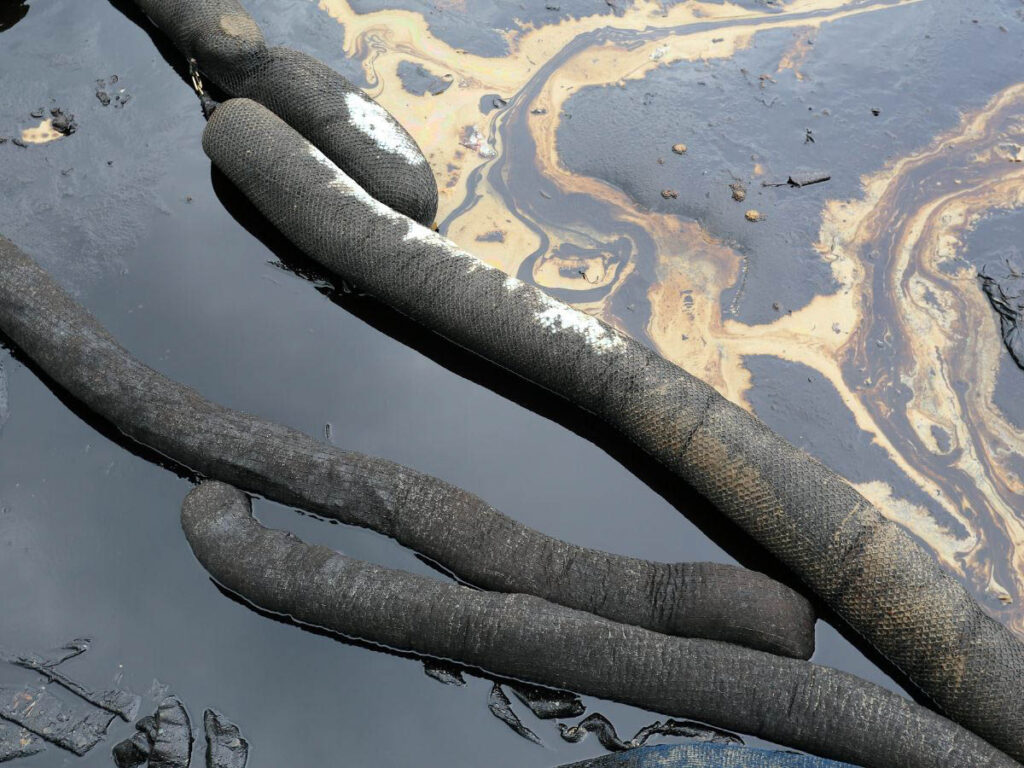Oil spills are devastating for the environment and can derail many human endeavors, including scuba diving. You cannot dive during an oil spill.
While we are over a decade away from the largest U.S. oil spill in history, the Deepwater Horizon spill, oil spills around the country continue to happen. Since oil spills often occur in open water, they affect popular scuba diving locations. While scuba diving gear protects us from the water and some debris, it cannot protect us from oil. Diving in oil is dangerous as the oil is a neurotoxin.
But how long do you have to wait before you can dive? We provide a loose timeline for scuba diving after an oil spill below.
Never Dive During an Active Spill
As we mentioned above, you should never attempt to scuba dive during an active oil spill. Attempting to do so can cause physical harm, such as headaches, nausea and vomiting, and skin and eye irritation. The oil will also harm your diving equipment. It can soak into hoses, making breathing more difficult during the dive or in future dives. Most people never successfully remove oil from their wetsuits since it can impregnate the material.
Even if there was no risk to your health or equipment, diving during an active spill would be dangerous. The oil makes the water murky and will often sit on top, cutting off helpful sunlight. Even with lighting equipment, you could struggle to orient yourself and discern other potential dangers, such as floating debris.
It Can Take Weeks or Decades for Oil Spill Recovery
Most people understand the cautions above and know not to attempt diving during an active spill or during spill cleanup. Spill responses require a seven-step process, either in the water or on land, that can take a long time to complete. For example, it took BP five months to seal the leaking wellhead in the Gulf of Mexico after the Deepwater Horizon explosion. Stopping the source of the spill is only step three of the response.
Even after a spill stops and the proper authorities manage the cleanup, you may not be allowed to dive in the affected area. It can take weeks, sometimes decades after a cleanup for an environment to recover from the spill. Sometimes you can dive during that recovery period if the water is safe enough, but other times you must wait.
Local Authorities Will Tell You When You Can Safely Dive Again
At some point during the timeline we mentioned above, the local authorities will declare that it’s safe to scuba dive in a location again. They may regulate that you can only dive in specific locations further from the original spill site.
You may still see tar balls wash onto shore if you’re doing a shore dive. You may also find animals with oil on them, depending on how quickly authorities allow diving in an affected area. In either scenario or any other scenario involving oil, do not touch anything. Call the proper authorities to alert them of your findings so they can test the tar balls for another spill and help the animals in need.
Timelines for scuba diving after an oil spill will look different depending on the spill and cleanup. Always wait to hear from the proper authorities before attempting a dive near a spill location.







